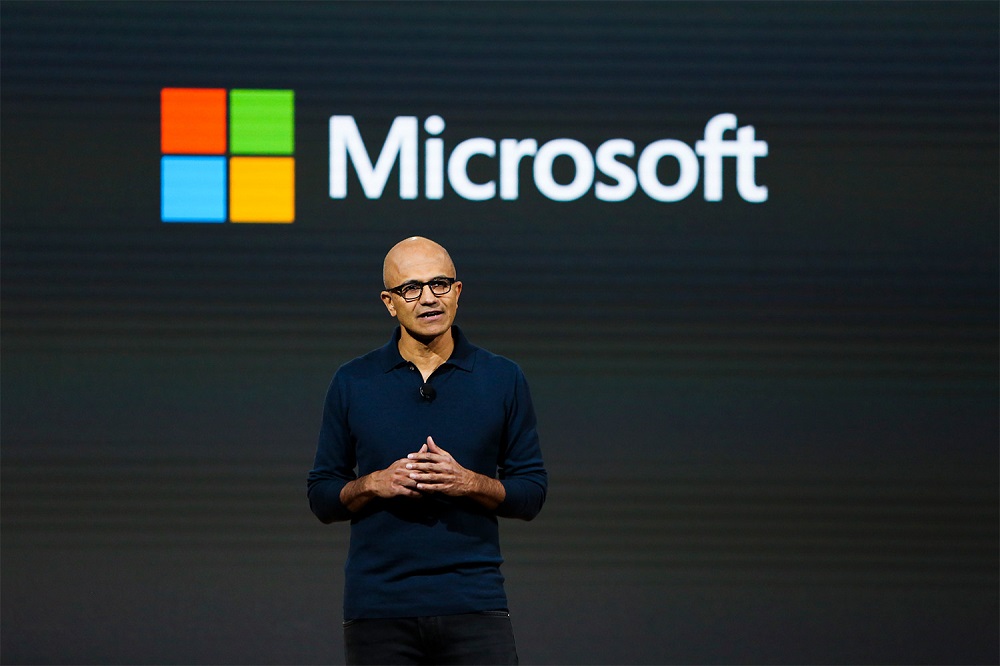
Microsoft‘s Anti-Virus Programs
Who else could be better than Microsoft in policing its own operating system, right? Not exactly but they’re doing a pretty good job at it. Too good that they may be in for another anti-trust case in Europe. Windows 8.1 and Windows 10 have their own built-in antivirus/antimalware program in the form of Windows Defender. As many of us may already know, Microsoft has been into the antivirus/antimalware business for some time now with Windows Defender about to get a facelift and some improvements.
Let’s get to the juicy part first. Since Microsoft is once again in the bundling business, third-party makers are at a certain disadvantage. First, it was the browser wars with Internet Explorer dominating Netscape Navigator for browser dominance. That is no longer relevant as many see Internet Explorer as a laughing stock forcing Microsoft to make a replacement in the form of Edge. Now the war has shifted to antivirus packages. This modern war began while Windows XP was still popular when Microsoft released Microsoft Security Essentials, a free downloadable antivirus package that’s applicable up to Windows 7. This package has been built-in beginning with Windows 8.
Kaspersky Labs filed a complaint against Microsoft’s aggressive tactics against the antivirus sector to Russia’s Federal Antimonopoly Service (FAS). While Windows Defender is designed to step aside when users install their own antivirus packages, it’s only temporary as Windows Defender will reclaim its place in case the tenant does not meet its requirements after a certain time frame. Kaspersky says that this time frame has been reduced from two months to an unreasonable six days wherein many smaller antivirus makers might not be able to keep up.
“Since ‘Microsoft’ itself develops antivirus software—Windows Defender that switches on automatically if third-party software fails to adapt to Windows 10 in due time—such actions lead to unreasonable advantages for ‘Microsoft’ on the software market… Our task is to ensure equal conditions for all participants on this market.”
— Anatoly Golomolzin, Deputy Head, FAS
“The trend is clear: Microsoft is gradually squeezing independent developers out of the Windows ecosystem,”
— Kaspersky Labs, blog post
After all, why would users bother installing another antivirus is Windows Defender is good enough? This is mainly for casual consumers who can’t be bothered or don’t have the budget to pay for or subscribe to an antivirus service. But then again, OEMs bundle antivirus software with new system depending on which vendor they have an agreement with. These are immediately visible, and casual users become unaware of the existence of Windows Defender. Windows Defender reasserting itself could, unfortunately, confuse these users as to what’s happening. This antivirus war has even forced vendors like McAfee to bundle its antivirus on Adobe Flash Player updates.
“Windows Defender, which is enabled by default, can respond to new threats faster using improved cloud protection and automatic sample submission features to block malware ‘at first sight… We’ve also improved Windows Defender’s behavioral heuristics to help determine if a file is performing ransomware-related activities, and then detect and take action more quickly.”
— Microsoft
So while Windows Defender sits at the benches, it still keeps a watchful eye on the system and will act if it doesn’t like what it sees as long as it sees it first. Kind of cool but may have an impact on the speed of the system. Windows Defender can be permanently disabled for users that are fans of their preferred antivirus solutions like Norton, Avast, AVG, Kaspersky and McAfee. This can be done through Group Policy Settings or by a registry hack, or you could purposely block Windows Updates.
As mentioned, Microsoft has been in the antivirus business for some time. First, there’s MSAV or Microsoft Anti-Virus for MS-DOS 6 and Windows 3.1 which came out in 1993. With an interface similar to Norton Anti-Virus (NAV) and Central Point Antivirus (CPAV). The last update was in June 1996.
Microsoft took a long hiatus on its own antivirus software and returned by announcing Microsoft Security Essentials in November 2008. Windows Defender at the time kept watch against adware and spyware. Until version 4.5, Microsoft Security Essentials still ran on Windows XP. Antivirus vendors and many consumers did not take it seriously, but vendors later said that if its gets integrated into the OS, Microsoft will violate the competition law.
Which Microsoft eventually did by integrating anti-virus functions within Windows Defender beginning with Windows 8. Windows Defender’s interface became similar to MSE and remains the same now that is, until Windows 10’s Creator’s Update. In Windows 10, Windows Defender becomes fully integrated into the system where its settings can be found in Windows 10’s settings. In the upcoming Windows 10 Creator’s Update, Windows Defender will become a Universal app and have a new interface. Other functions such as Windows Firewall, Computer Performance and Health as well as Family Safety will be integrated into Windows Defender.
For servers and networked computers, there’s Microsoft System Center Endpoint Protection formerly known as Microsoft Forefront where system admins can install clients similar to Microsoft Security Essentials and works well enough to actively protect servers and clients from most viruses and malware including ransomware.
So when it comes to viruses and malware, even Microsoft has your back, if you allow them to and it’s mostly free.

